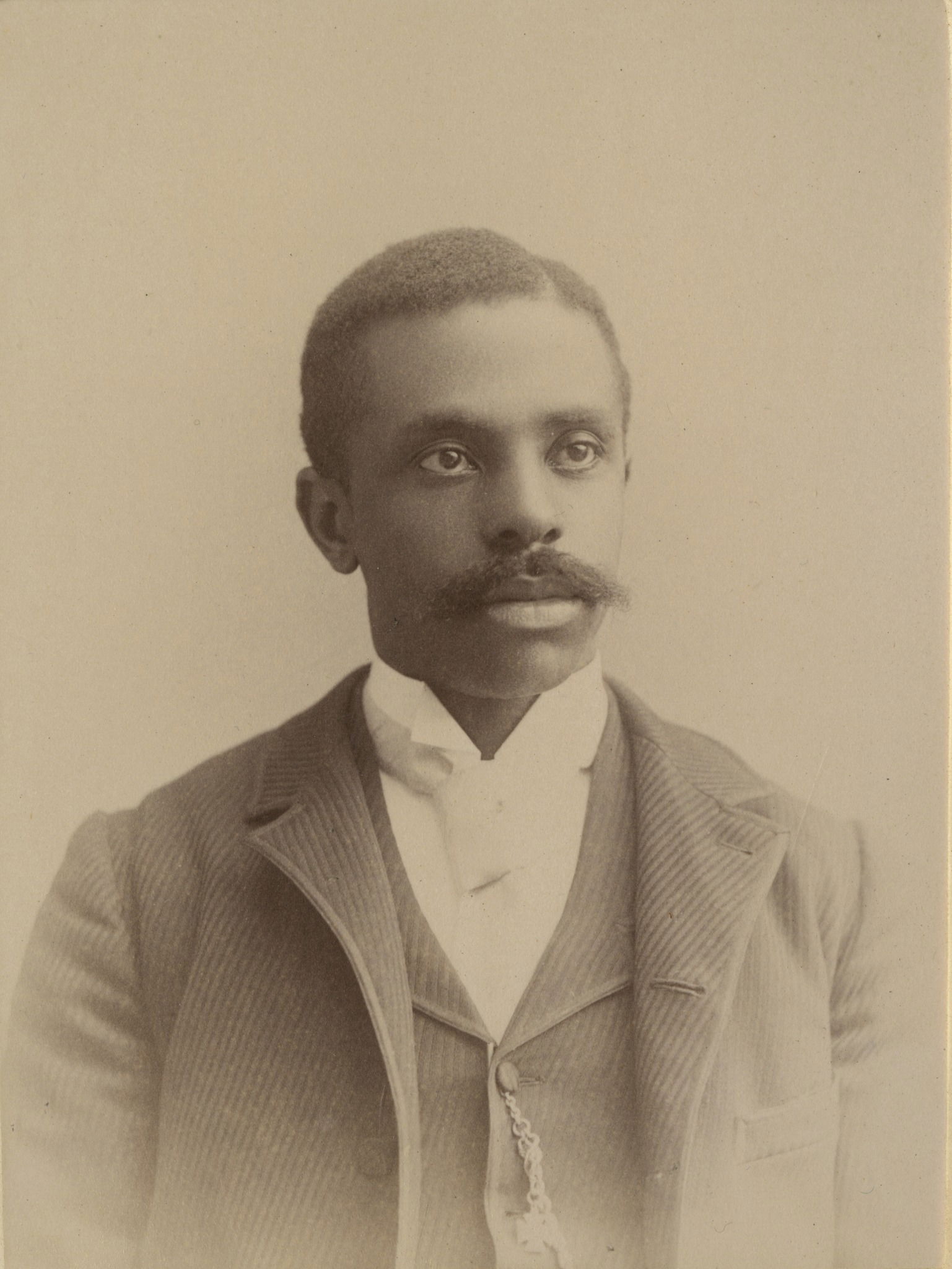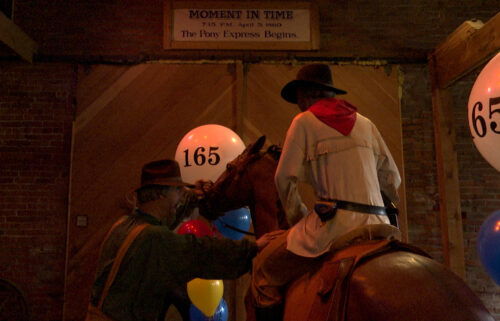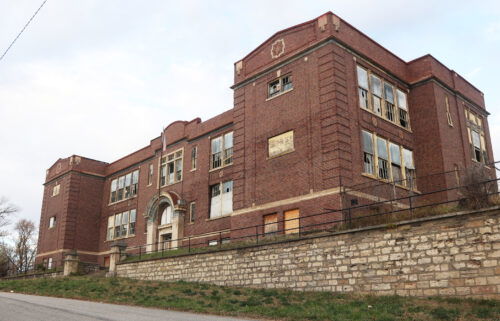St. Joseph helps former educator create vocational school post slavery

By Jazmine Knight
Nathaniel C. Bruce is a name not often heard yet his impact in St. Joseph runs deep. Though, he didn’t spend much time in the area, his efforts in providing vocational education for Black youth reached kids all across Missouri.
Bruce was born in Danville, Virginia in 1868 but grew up on a farm in Halifax County, North Carolina. After graduating high school in Raleigh, North Carolina, Bruce attended a number of prestigious colleges including Shaw University, Harvard and Tuskegee Institute.
During his time at Tuskegee, he learned the importance of vocational training from his mentor, Booker T. Washington. Washington believed that a “pioneer lifestyle” was key to enhancing freedom and self-reliance.
When Washington came to speak at the Wyeth-Tootle Mansion, Bruce and his wife were in the audience. Washington’s speech influenced Bruce to advocate for vocational training throughout his career.
After graduation, Bruce moved to a home on the corner of 20th and Charles St in St. Joseph. In 1903, the Negro Teachers Association of St. Joseph appointed 35 year old Nathaniel C. Bruce to become the principal of the former Bartlett High School for four years.
Sara Wilson, executive director for the St. Joseph Museums says Bruce worked with the Bartlett brothers to design Bartlett High School into an industrial school. However, another opportunity came for Bruce.
Bruce wasn’t fully satisfied. His dream was to open his own vocational school similar to the Tuskegee Institute.
His advocacy for vocational programs and country life philosophy garnered the attention of some notable St. Joseph figures including Huston Wyeth, Judge W.K. James, the Bartlett brothers and J.C. Wyatt.
“He was well-educated and so he would have been immediately respected for having been a Harvard graduate, a Tuskegee graduate,” said Jerrad Hardin, experiences coordinator with the St. Joseph Museums.
W.K. James even went the extra mile to inform the public about how Bruce was starting a school from nothing and encouraged others to support.
Soon enough, Bruce’s dreams came to life.
“Shortly after that, he went just about 2 hours south, just south of Columbia, and he started a small farm school similar to Tuskegee,” Hardin said.
From there, the Bartlett Agricultural and Industrial School was born. Located in Dalton, Missouri, the Bartlett School opened with 90 students from Kansas, Missouri, Nebraska and Oklahoma.
“It eventually grew into a quite large agricultural school,” said Hardin.
Hardin says the school served the area for roughly 40 years with hundreds of graduates going on to develop their own farms.
“They were calling it Tuskegee of the Middle West. And so here in Saint Joseph, we helped fund the creation of that school,” said Wilson.
Hardin believes vocational schools are still relevant in today’s times. However, he thinks it’s interesting to see this well educated man advocate for domestic work.
“We need people to farm and we need people to do this kind of work,” he said. “So I’m kind of battling with what that means, because I think I like both.”
Wilson says Nathaniel C. Bruce is significant because he ties St. Joseph to a significant part of Missouri history.
“He wasn’t here for a very, very long time, but he was influential in getting Saint Joseph to invest in the Bartlett Agricultural and Industrial School here in Missouri,” she said.
The Bartlett Agricultural and Industrial School is now formally known as the Dalton Vocational School and serves as part of the University of Missouri school system.
For more information, contact the St. Joseph Museums.



